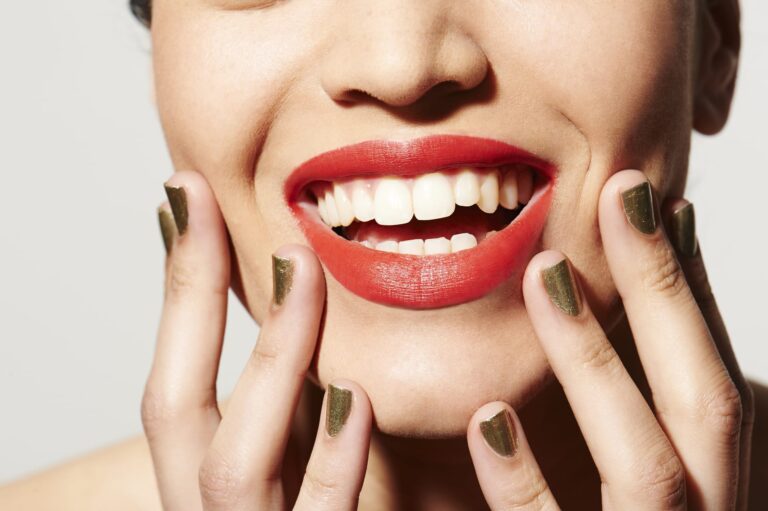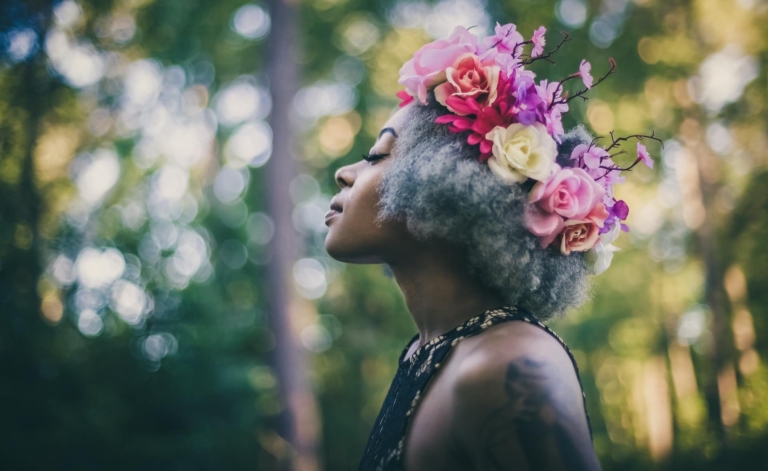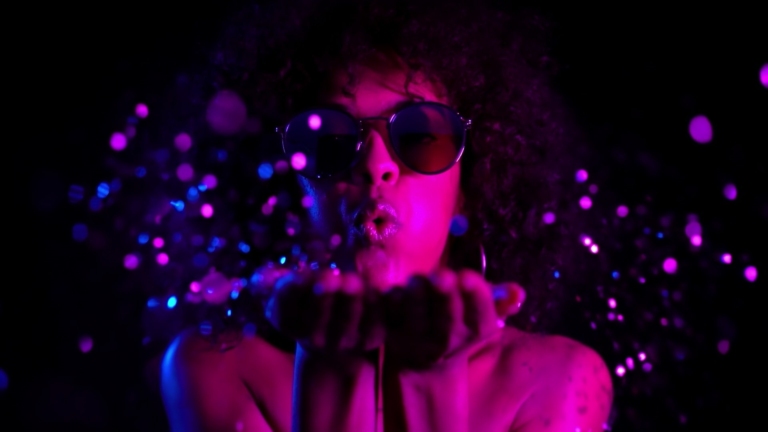Dry shampoo: Can I use it every day?
Unexpected guests show up at the door, you’re at a spontaneous party or have an important meeting at work and your hair looks like a mess.
Unsightly, unkempt hair can rob you of your confidence and self-assurance in many situations.
Fortunately, there’s a solution: dry shampoo. In just a few minutes, it refreshes your hair and gives it volume and lightness.
All without washing your hair or using water.
Dry shampoos can also act as a “lifeline” for oily hair.
Dry shampoos absorb excess sebum so your hair is instantly relieved and cleansed.
Simply spray on the roots for instant results.
The key to success, however, is choosing the right hair care product with a balanced composition.
A dry shampoo that doesn’t lump or leave unsightly residue refreshes and adds volume for hours, leaving you feeling good about your style.
Smelly, greasy, sticky hair doesn’t look good.
Traditional washing takes a lot of time, and although no cosmetics can replace this care procedure, there are situations in life when we don’t have the time, and want or need to look impeccable.
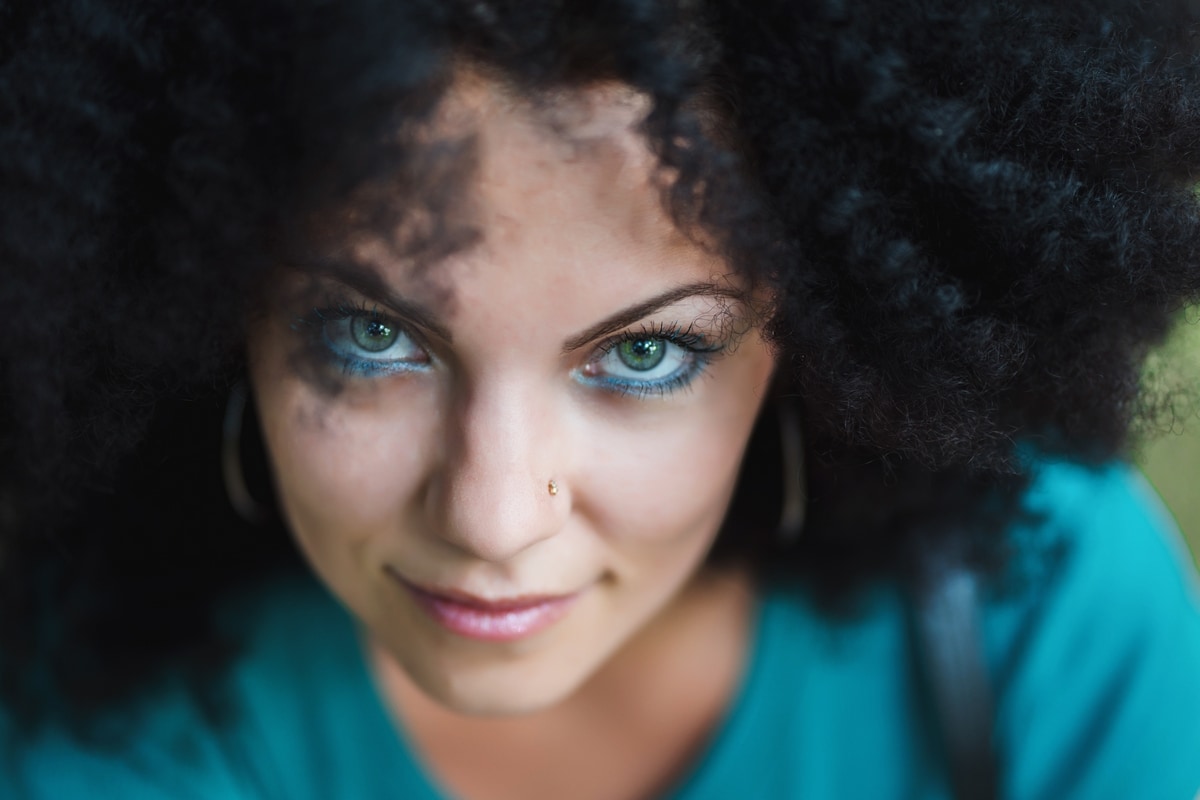
How does dry shampoo work?
Dry shampoo comes in the form of a starch-based powder, usually potato, corn or rice, enclosed in an aerosol can.
Using the adsorption phenomenon, the powder absorbs sebum and unpleasant odors, soothing the hair and giving it a more pleasing appearance, while making the style itself more voluminous. In practice, then, dry shampoo doesn’t clean; it merely absorbs and masks accumulated excess sebum.
How dry shampoo works:
- Absorbs excess sebum, soothing hair
- Absorbs unpleasant odors, refreshing your style
- Effectively mattifies hair
- Adds volume, especially to fine hair
The main role of dry shampoo is to prolong the freshness of your hair, especially if you tend to have an excessively oily scalp or if your hair is rapidly losing its shape.
For example, dry shampoo is most effective for clumpy hair, where the entire style looks stale the next day. Dry shampoo doesn’t replace wet shampoo, as it contains no cleansing agents and doesn’t clean the scalp, just refreshes it for a few hours.
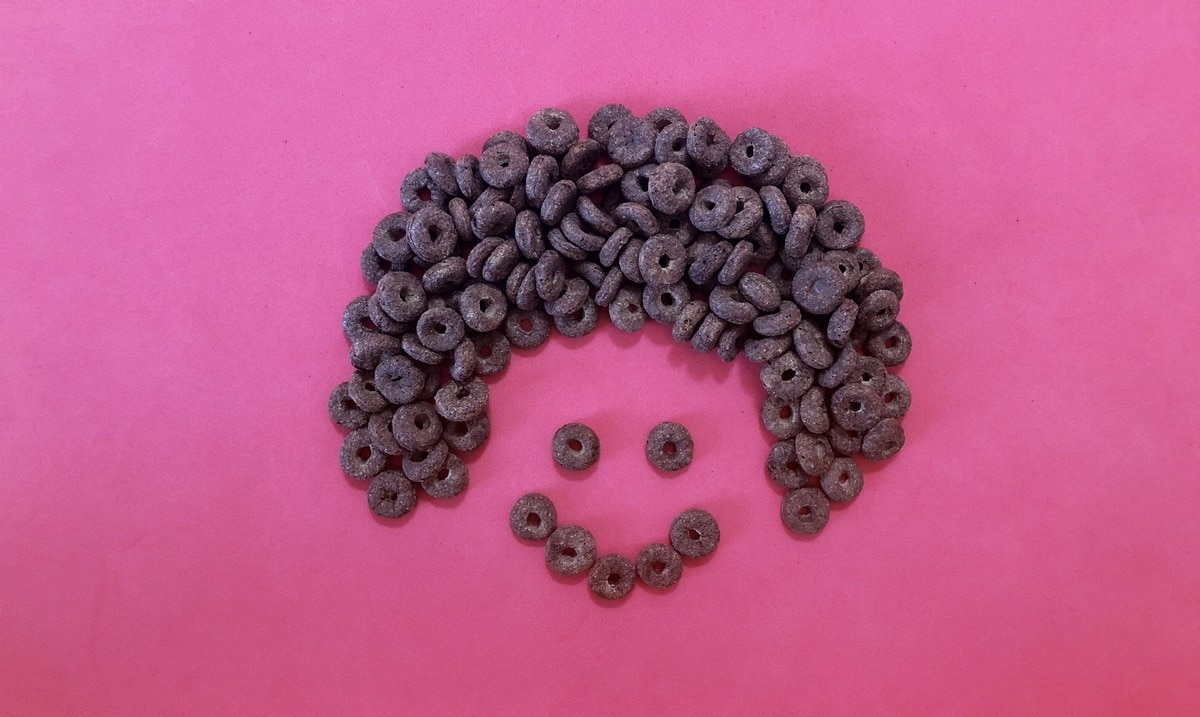
How to use dry shampoo
Dry shampoo is similar to hairspray and is used in the same way.
The effect depends on how you apply the product.
Spray dry shampoos should always be sprayed from a distance, and should not be applied with fingers or a comb.
Dry shampoo does not need to be washed out.
Dry shampoo step-by-step instructions:
- Shake well before use
- Spray the hair at the roots, holding the can 20-30 cm from your head.
- Leave the area untouched for a few minutes to allow the shampoo to work and be absorbed.
- Gently massage in to remove any visible white marks.
- You can remove excess dry shampoo by simply combing it out or using a towel.
For best results, divide hair into smaller sections and spray each section separately at the roots.
This will ensure that the shampoo is distributed evenly.
For extra volume, tilt your head and massage the product into your scalp immediately after application.
Also read: Oily hair: The natural solution
Don’t use dry shampoo all over your hair, apply it to the roots.
There is an exception when you want to use dry shampoo as an additional styler, as hair sprayed with shampoo has more grip and is easier to style.
A great advantage of cosmetics is their practical application and convenient packaging.
You can always take it with you on the move.
It’s also an excellent alternative to daily hair washing, especially for long, oily hair.
Not to mention that in the case of oily hair, repeated washing can only harm it and make it even greasier.

Does dry shampoo damage hair?
Excessive use of dry shampoo can dry out your hair and scalp and, in extreme cases, can even lead to hair loss.
Dry shampoo is not recommended for people with very damaged or dry hair, as its use can cause unsightly results and even aggravate hair problems.
People with sensitive scalps or a tendency to allergies should be particularly wary of this product.

Possible negative effects of too-frequent use of dry shampoo
- Loss of natural shine
- Hair growth inhibition
- Hair loss, even baldness
- Scalp irritation
- Itchy rash
- Dandruff
The cause of dryness is the alcohol in dry shampoos.
As the product is applied to the scalp, it can be particularly irritating.
In addition, master hairdressers and trichologists point out that the excess alcohol and starch in shampoos can not only irritate the scalp, but also lead to hair loss.
The aluminum in shampoos also clogs the pores of the scalp, leading to stunted hair growth and even baldness.
If you use powdered shampoo correctly, in accordance with the manufacturer’s instructions, you reduce the risk of skin lesions and hair damage.
Think of dry shampoo as an auxiliary cosmetic product, and use it only as a troubleshooter.
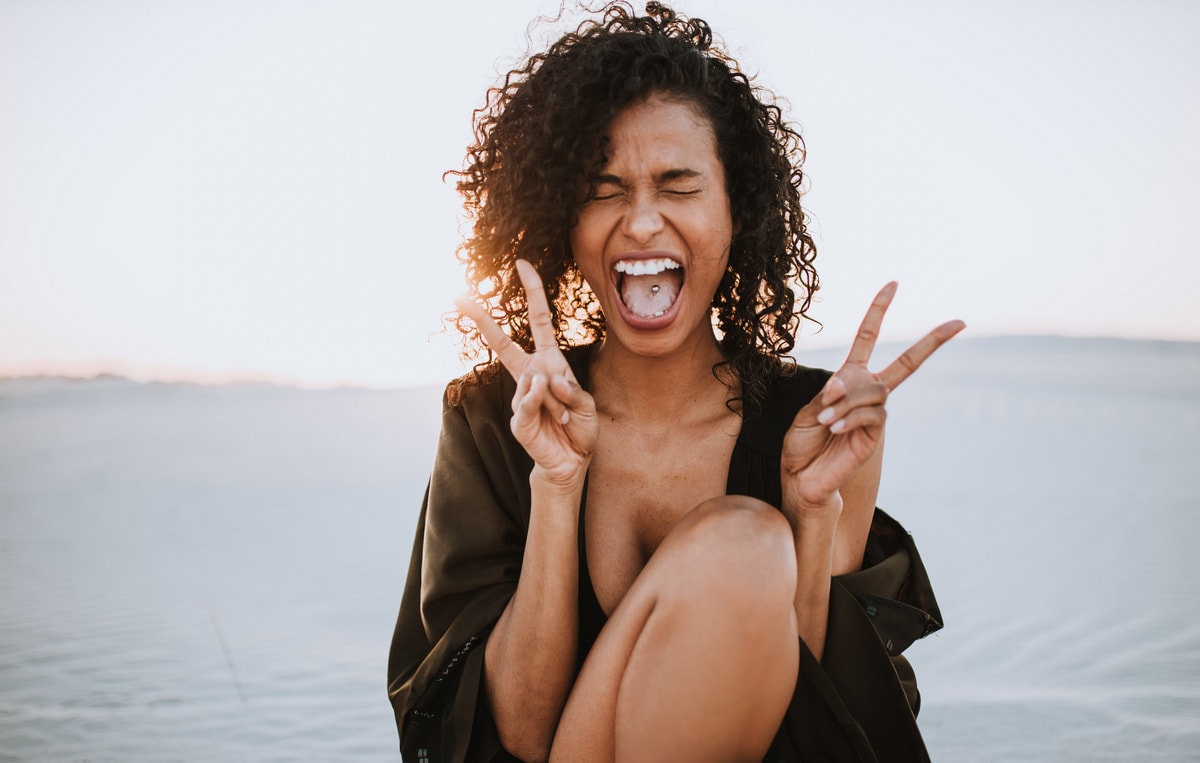
Can dry shampoo be used every day?
In principle, dry shampoo is a cosmetic product for everyday use, but it should not replace conventional hair care, i.e. washing and nourishing the hair.
It’s best to use the cosmetic every 2 or 3 days, and to wash your hair the next day after using it.
Why not use a dry shampoo every day? The product contains starch, which binds with sebum and gives the effect of greasing the hair, and it also binds with water, resulting in dry hair, especially if you use the product in excess.
In addition, shampoos are formulated with alcohol, which has a negative effect on moisture levels, as well as other chemical compounds that are not neutral for skin and hair.
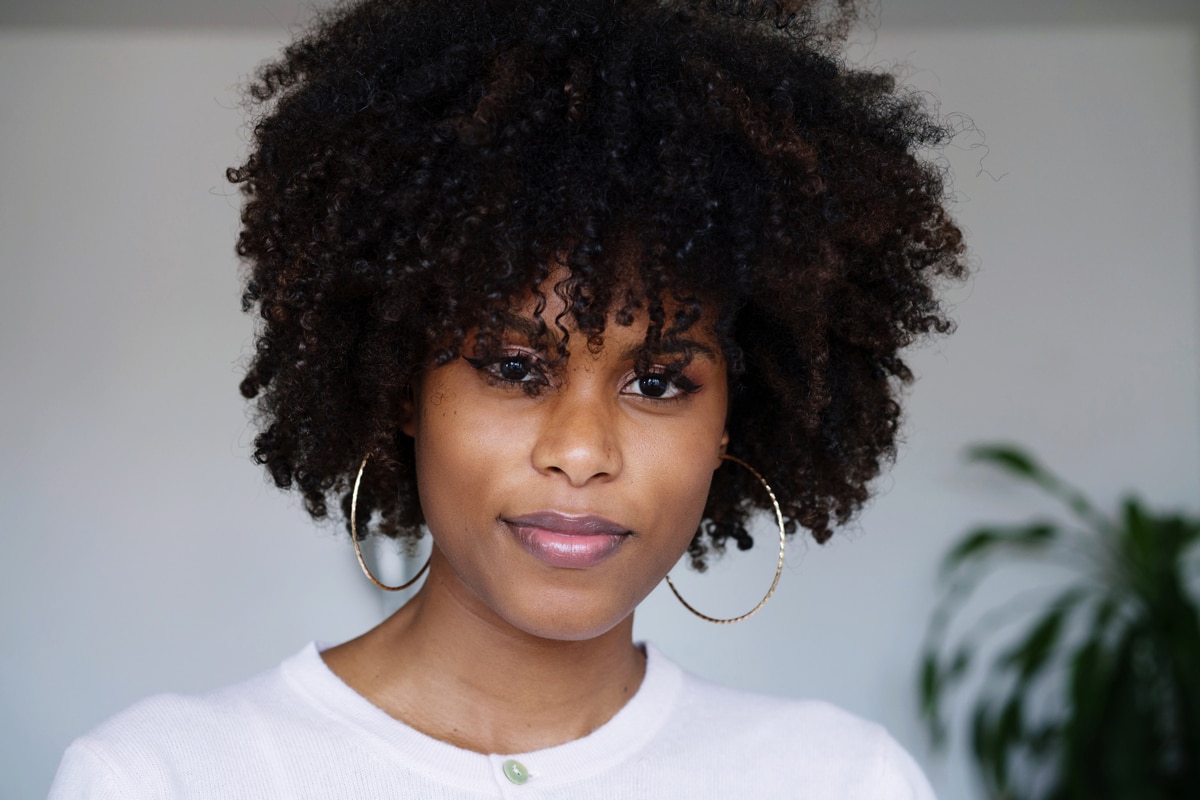
Which dry shampoo to choose?
The undeniable advantage of dry shampoos is that they come in a wide range of fragrances and types, allowing you to adapt them to your hair and needs.
In general, dry shampoos are designed for all hair types, but some brands have launched ranges tailored to specific needs.
If you have damaged ends, dry locks or a sensitive scalp, dry shampoo is not for you.
Dry shampoo contains a sebum-absorbing powder, which also eliminates odors.
Other ingredients are usually conditioning agents such as plant extracts, essential oils and nourishing vitamins.
In dry shampoos for dark hair, you may find a colorant, which allows the color to retain its intensity and may even reduce the appearance of gray hair.
The basic criterion for choosing the right dry shampoo is your hair color.
You’ll find dry shampoos with white, clear or colored powder on the market.
What’s the difference?
Dry shampoos with white powder are designed for light hair, whether natural, bleached or color-treated.
Not only do they refresh hair, they also neutralize yellow tones.
Colorless dry shampoos are an option for everyone, regardless of hair color, as they leave no residue.
Dry shampoo with pigment also cares for hair color and slightly enhances tone, recommended for dark hair.
Dry shampoos are also distinguished by their properties.
There are push-up shampoos to give volume to puffy hair, and dry shampoos with oat or nettle extracts to energize hair.
Dry shampoos for oily hair have more absorbents like bamboo powder and tapioca, and those for brittle hair have barley and rice starch.
You should choose a dry shampoo according to your hair type, color and the effect you want to achieve.
The right dry shampoo will refresh, cleanse and lift your hair, and give it a beautiful fragrance.
If, in addition, you opt for a shampoo enriched with vitamins, oils and plant extracts, you can count on gentle care that will protect your hair from dryness and strengthen it too.
Also read: what is your hair type A, B or C?
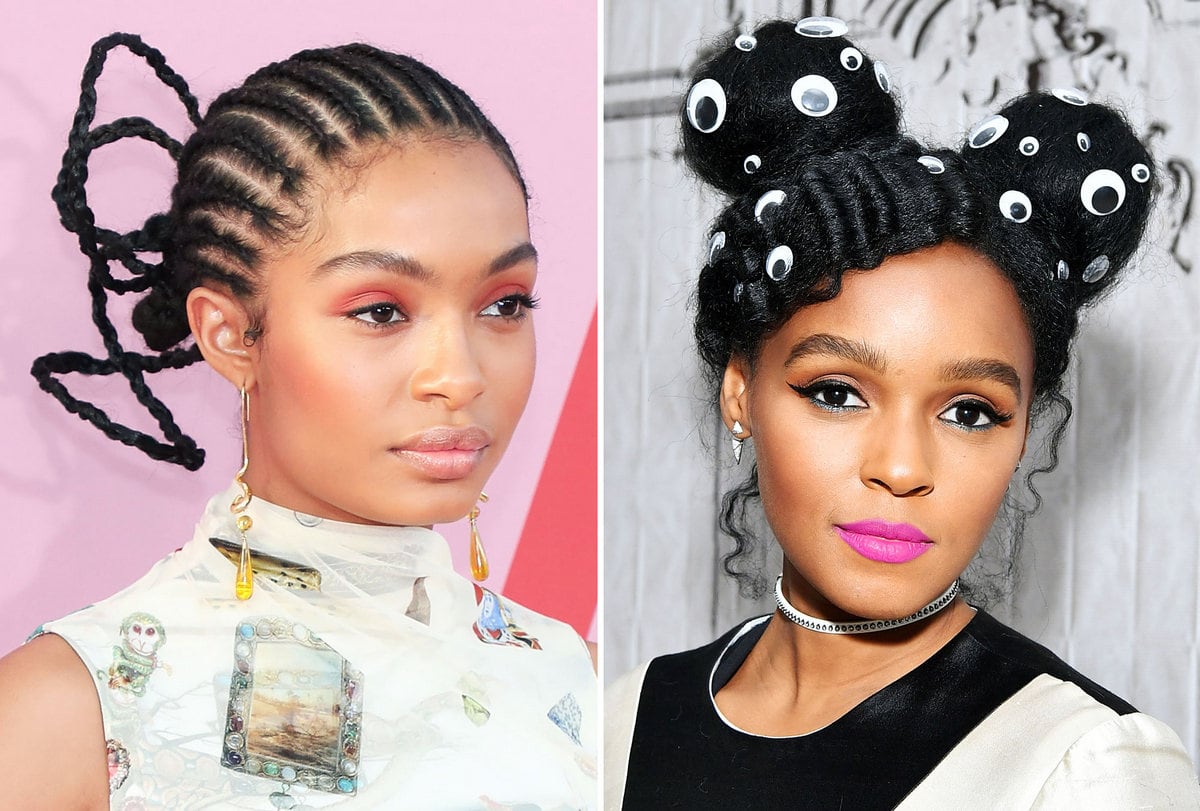
Dry shampoo and hair loss
Every day, hundreds of hairs fall from your head, although this is an individual phenomenon.
What’s constant is that if you miss a wash, new hair joins the hair that was supposed to fall out during the wash.
As a result, the next time you wash your hair, more hair falls out than usual.
That’s why, when you wash your head after using dry shampoo, you’ll notice more hair in the bath or shower drain.
However, if you often use dry shampoo and notice more hair on your brush, silk pillow or clothes, this may be a sign that product residues have clogged the follicle outlets, weakening the hair and causing it to fall out. In this case, stop using the dry shampoo immediately and the situation should return to normal. However, if nothing changes, you may need to consult a dermatologist.
How do I make dry shampoo?
You can make your own dry shampoo from ingredients found in every kitchen.
This is a good option for women who prefer natural cosmetics and for those who simply run out of dry shampoo.
For those with fair hair, a little potato or cornstarch will do the trick.
This will quickly absorb sebum and refresh your hair.
The fine texture allows you to massage the product in and remove any excess.
For brunettes, mix a teaspoon of 2:1 starch with natural cocoa (no sugar added).
Apply your homemade dry shampoo with your fingers or a clean powder or blush brush.
You can also sprinkle it into a talcum powder packet and distribute it that way.
“One of my biggest dreams is that my company will be able to change the course of one family’s life, one child at a time by giving back to the community.”


